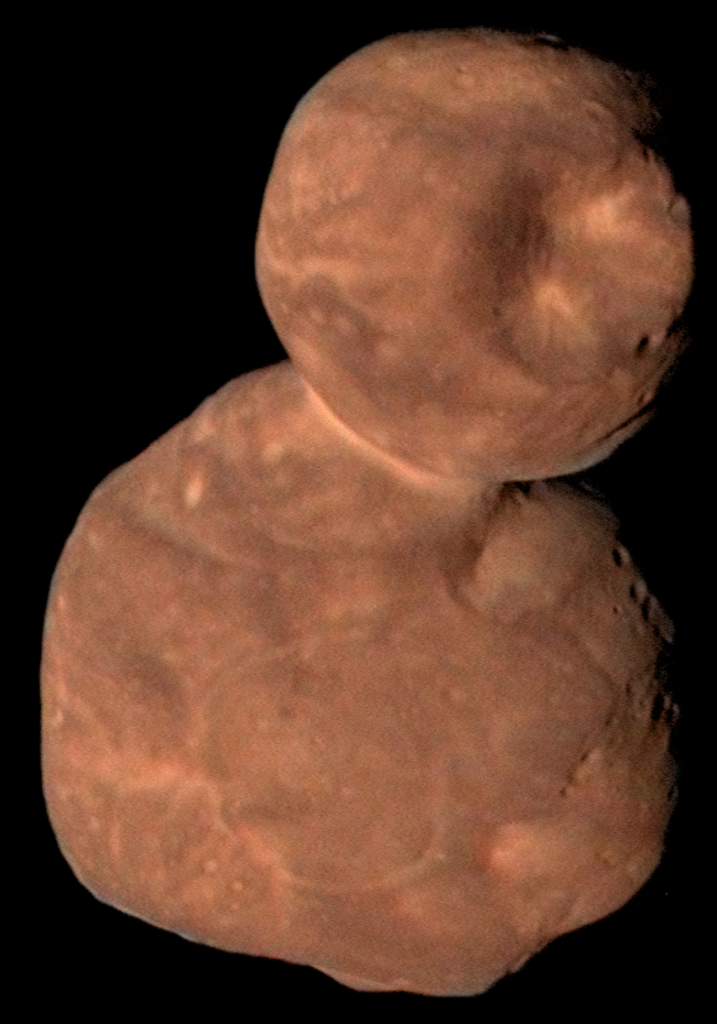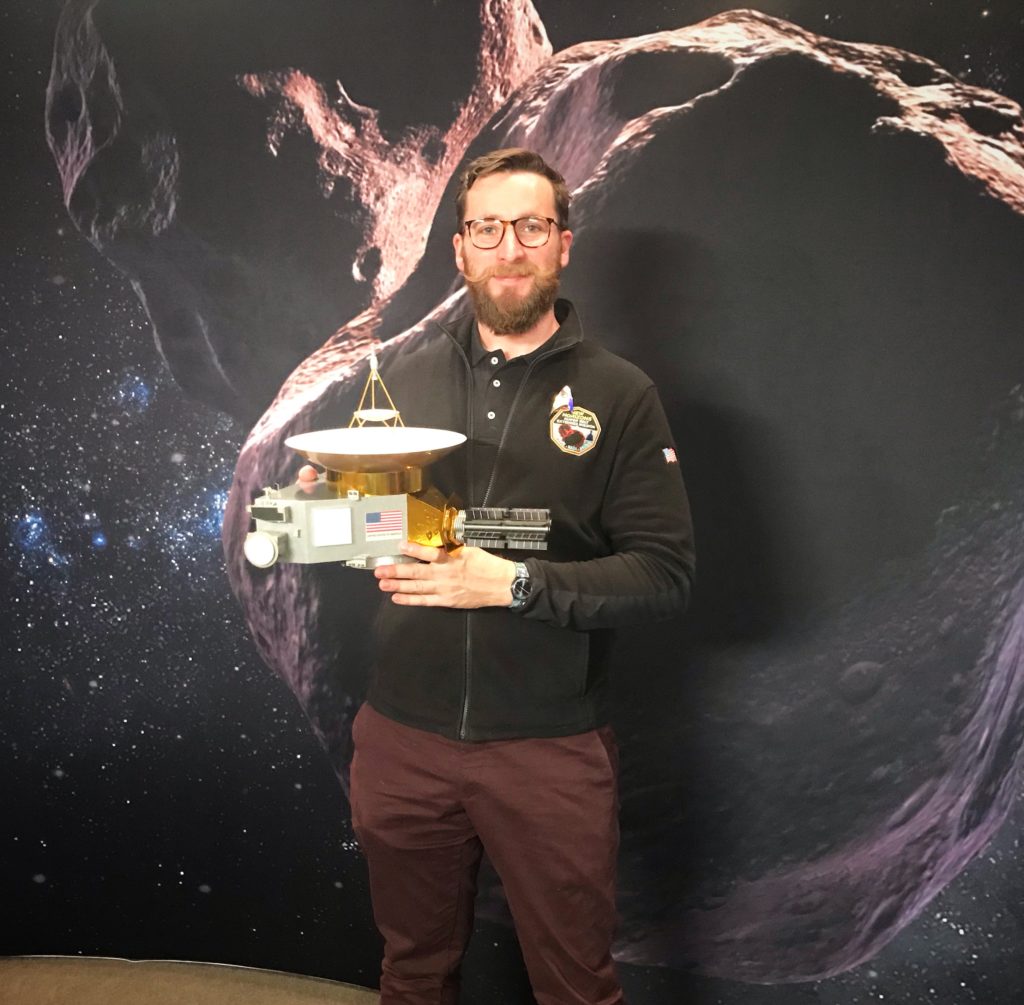
This is an online event, to attend please register with zoom using the link on the box above.

Since its launch in 2006, the New Horizons spacecraft has been speeding out of the solar system, transforming our understanding of planetary science along the way. In 2015, it provided the first close-up views of the Pluto system and revealed an astonishingly active world, replete with active glaciers, dynamic atmosphere, and possible signs of cryovolcanism. Four years (and about five astronomical units) later, New Horizons went on to perform the first flyby of a small Kuiper Belt Object: (486958) Arrokoth (formerly 2014 MU69). This 30-km wide, icy world is a relic of planet formation, with its own odd geology and formation story. In this talk, I’ll recap New Horizons amazing journey—and my parallel journey here on Earth, going from a graduate student, competing against the New Horizons team, to a researcher embedded within the team and shaping its future. I’ll close with some perspective about future exploration of the outer solar system.

Dr. James Tuttle Keane hails from Cedar Rapids, Iowa. He received a bachelor’s degrees in Astronomy and Geology from the University of Maryland, College Park, and a doctorate in planetary science from the University of Arizona. After a postdoctoral position at the California Institute of Technology, he started at JPL in 2020. Dr. Keane is a planetary scientist, studying the interactions between orbital dynamics, rotational dynamics, and geologic processes on rocky and icy worlds across the solar system. He uses a combination of theoretical methods, coupled with the analysis of spacecraft-derived datasets to investigate the dynamics, structure, origin, and evolution of solar system bodies. He has extensive experience with NASA missions, including GRAIL, New Horizons, and the proposed Io Volcano Observer.